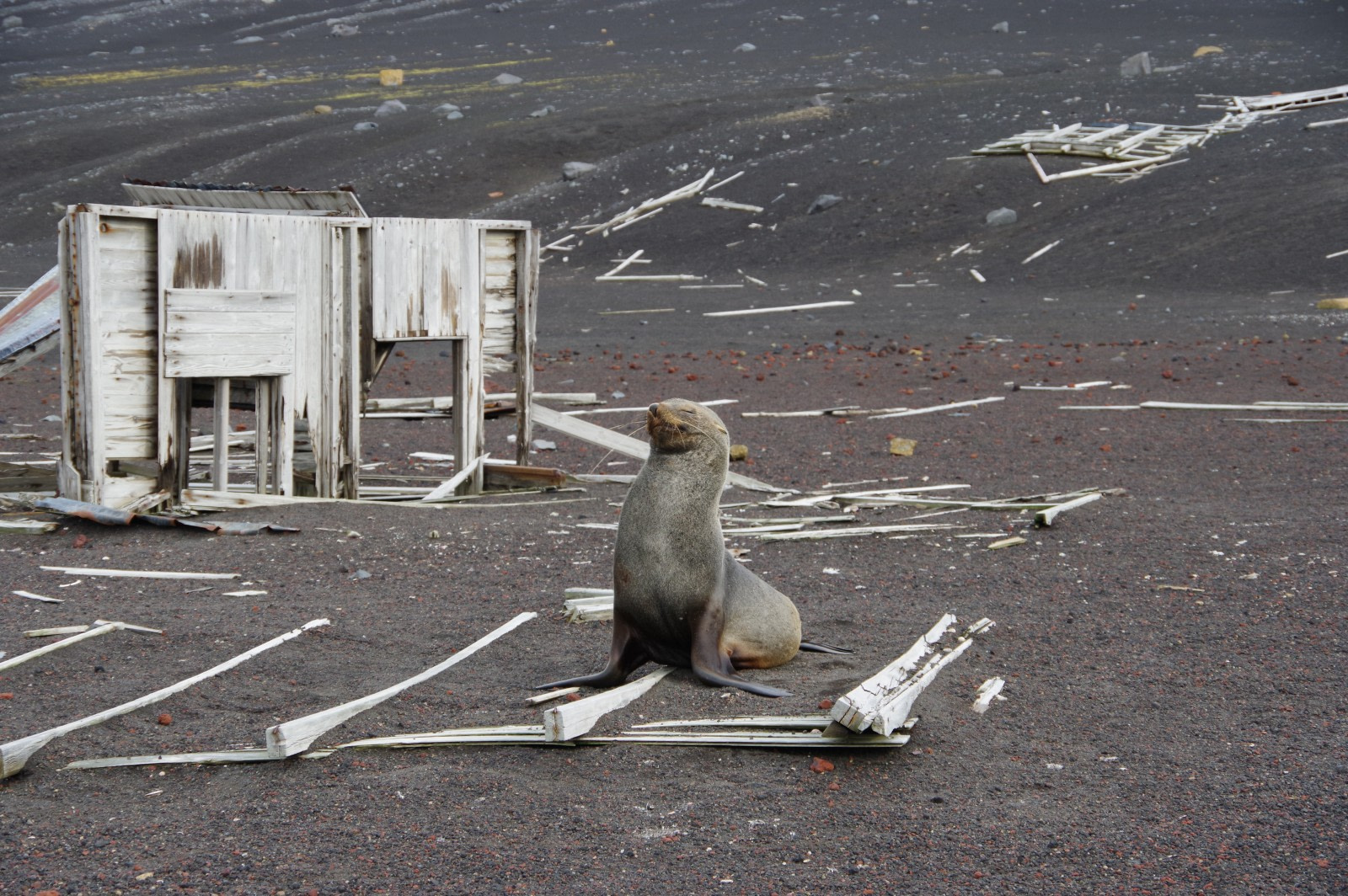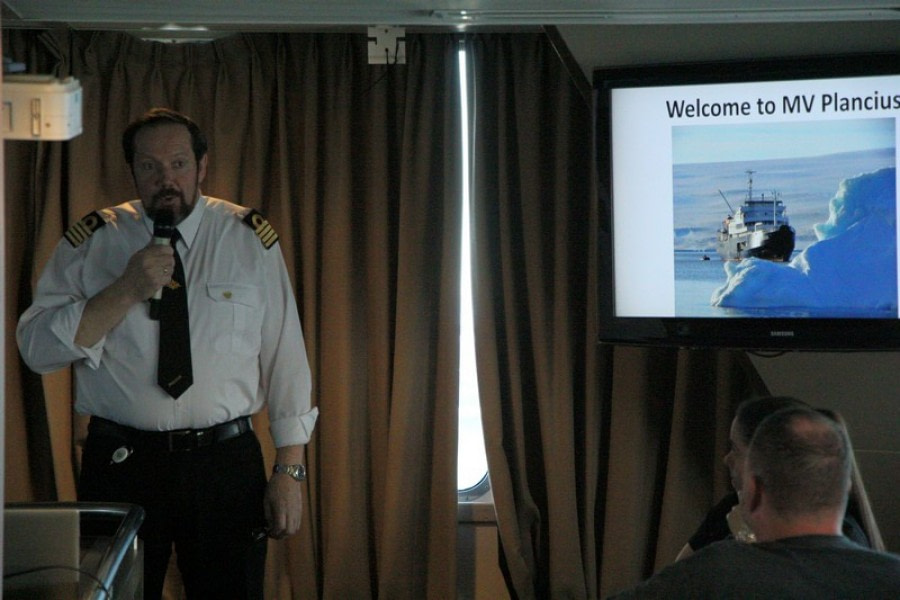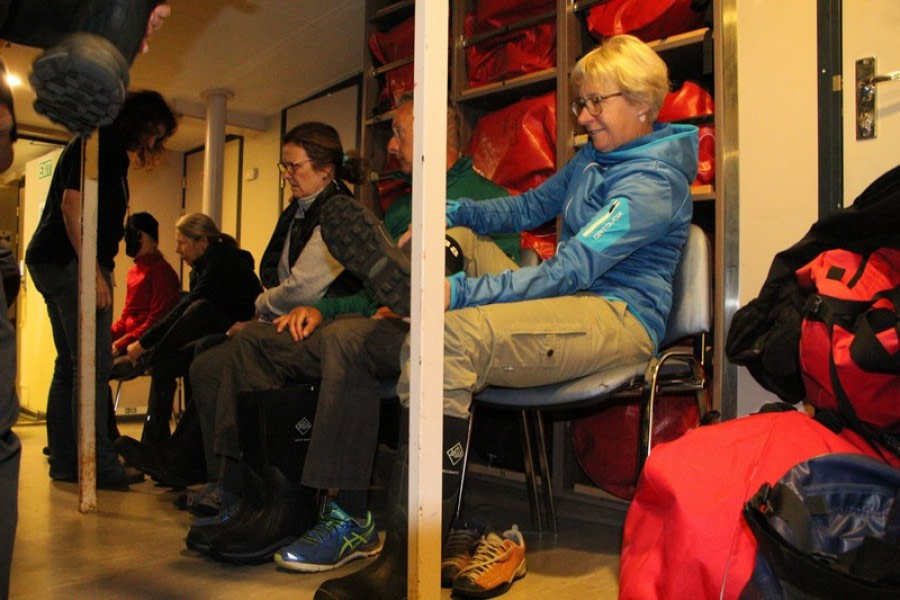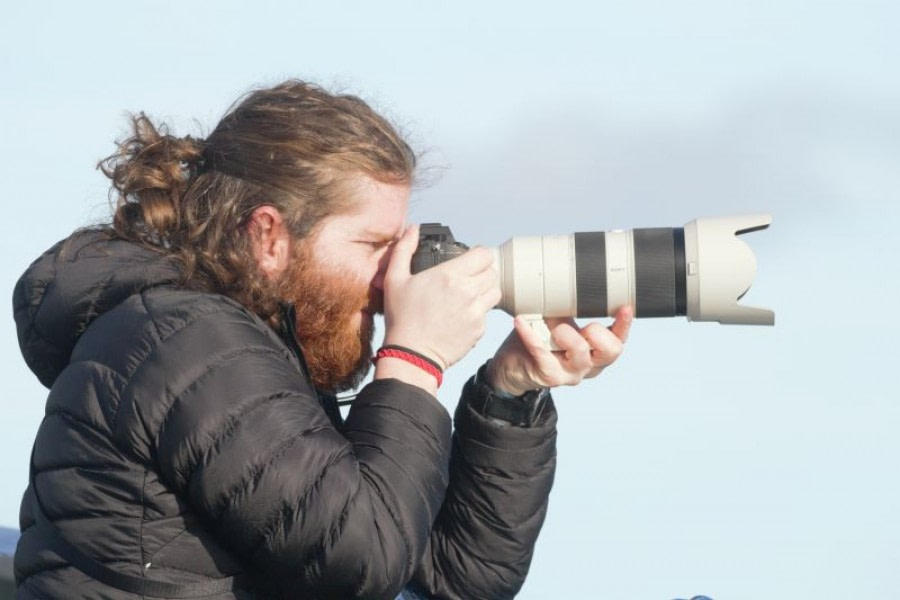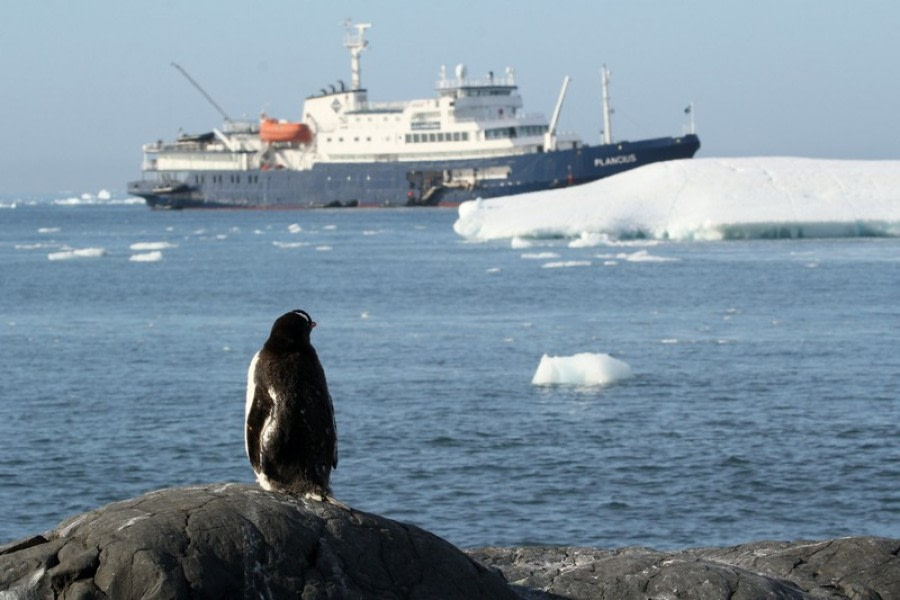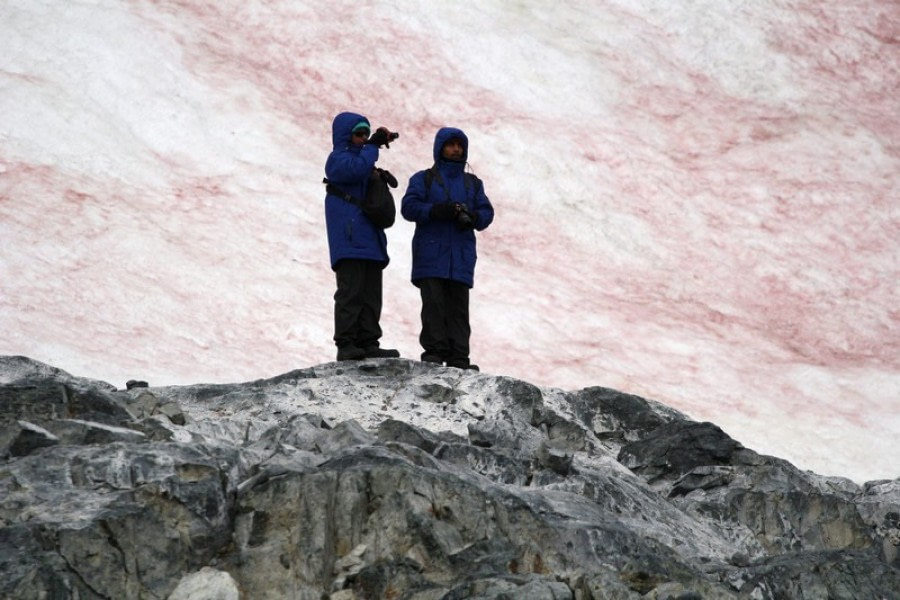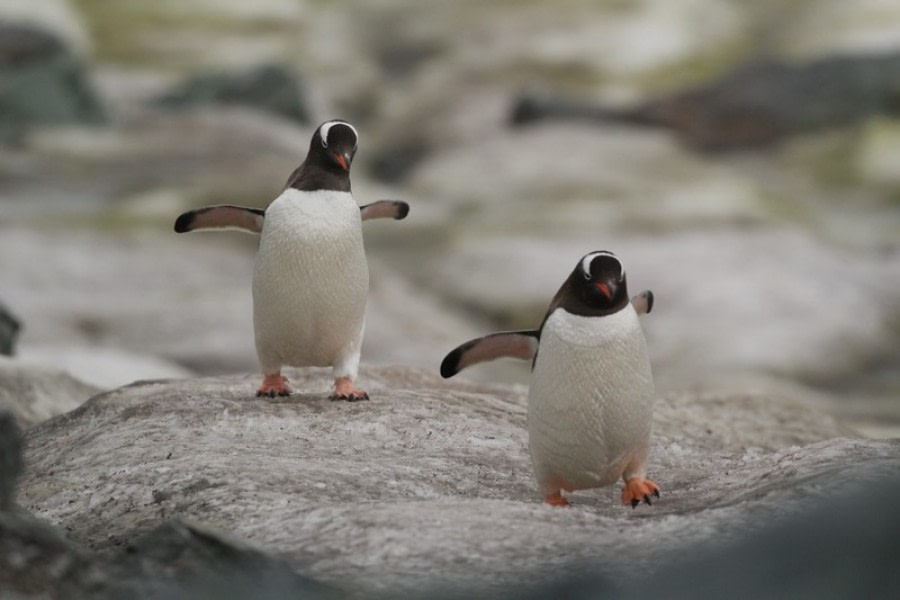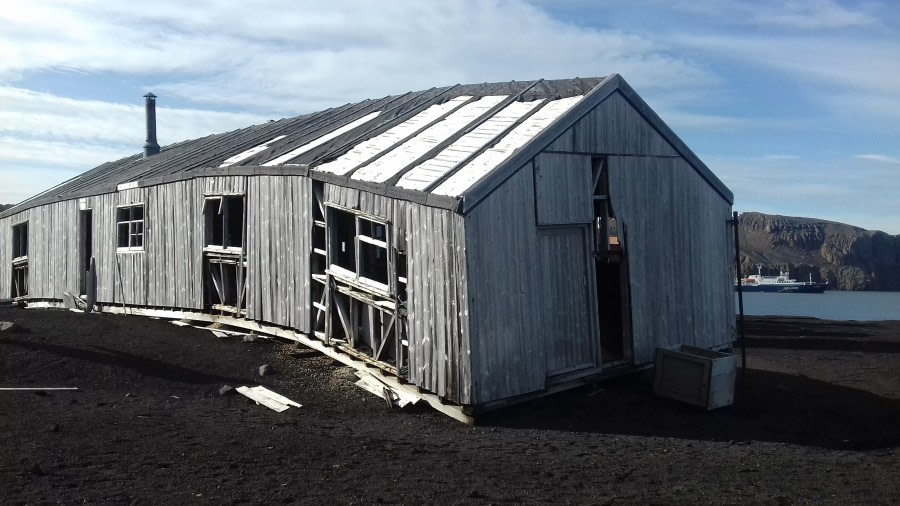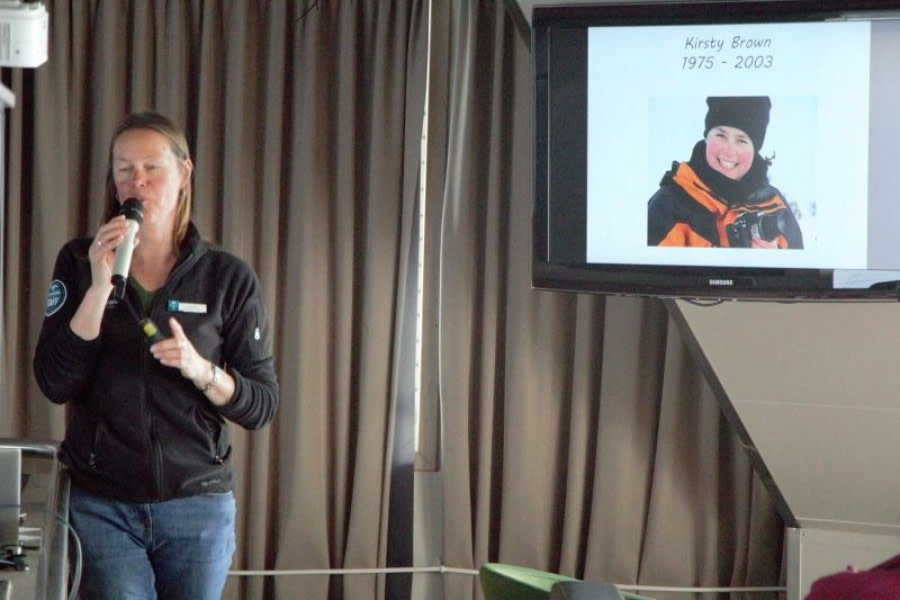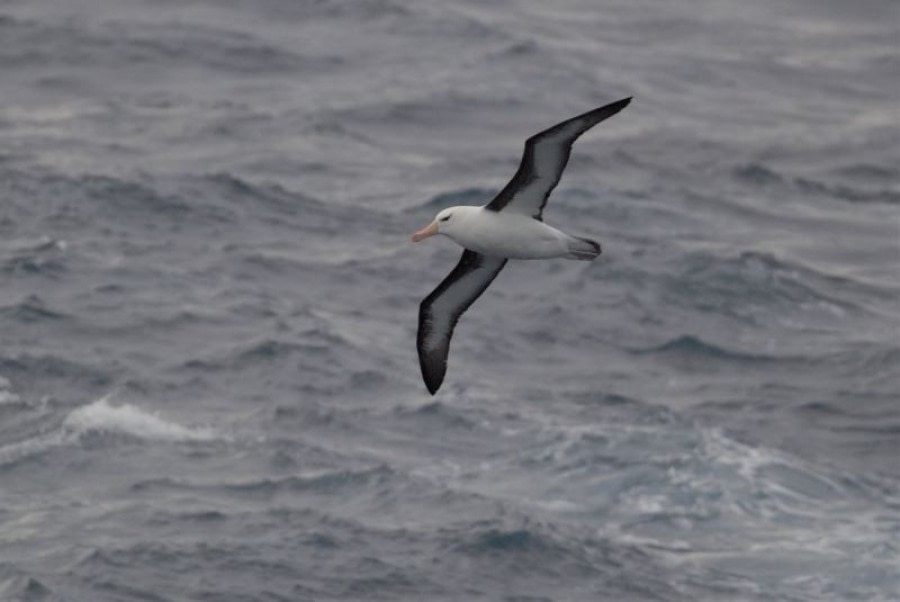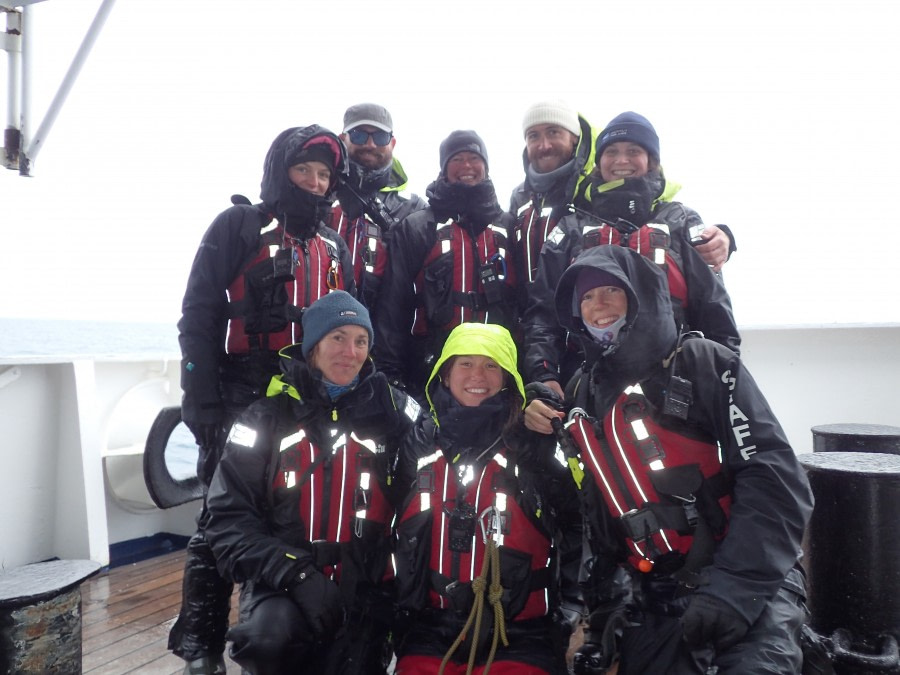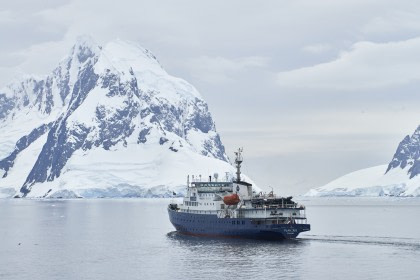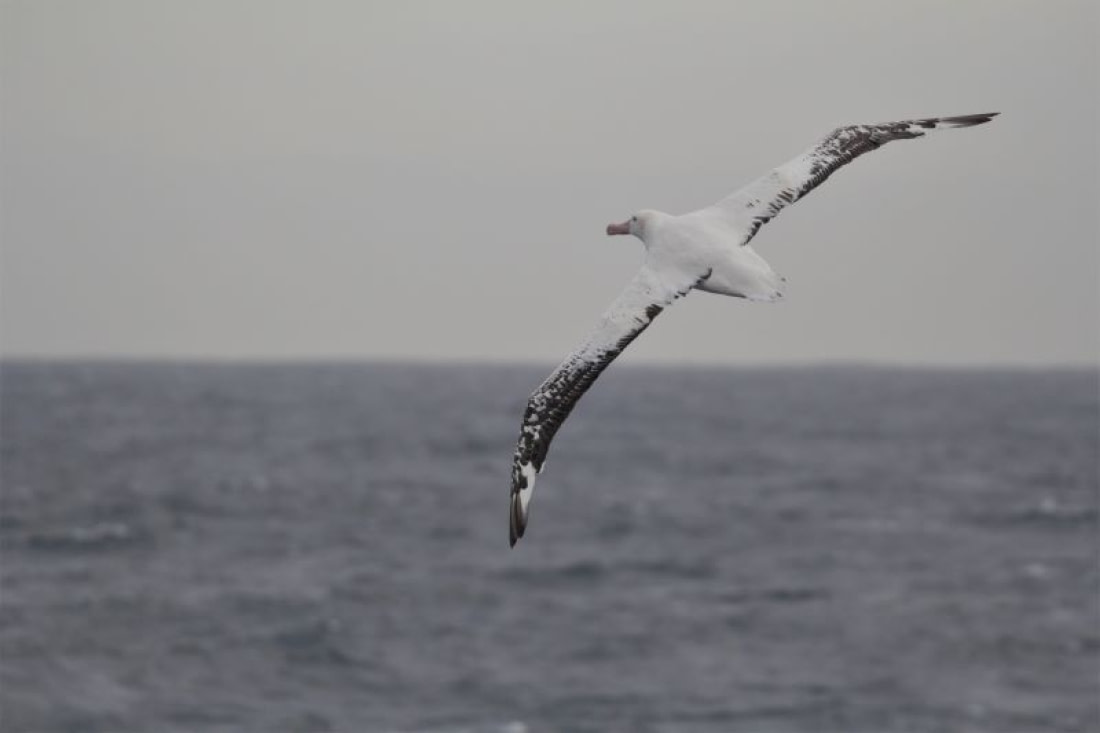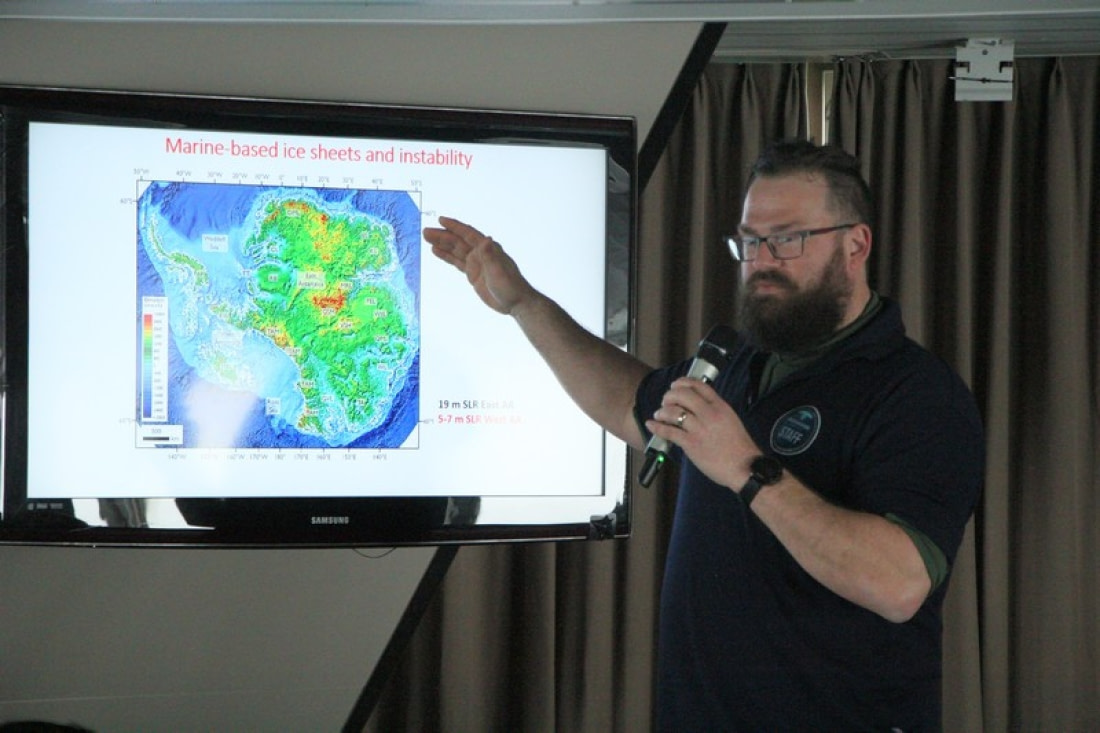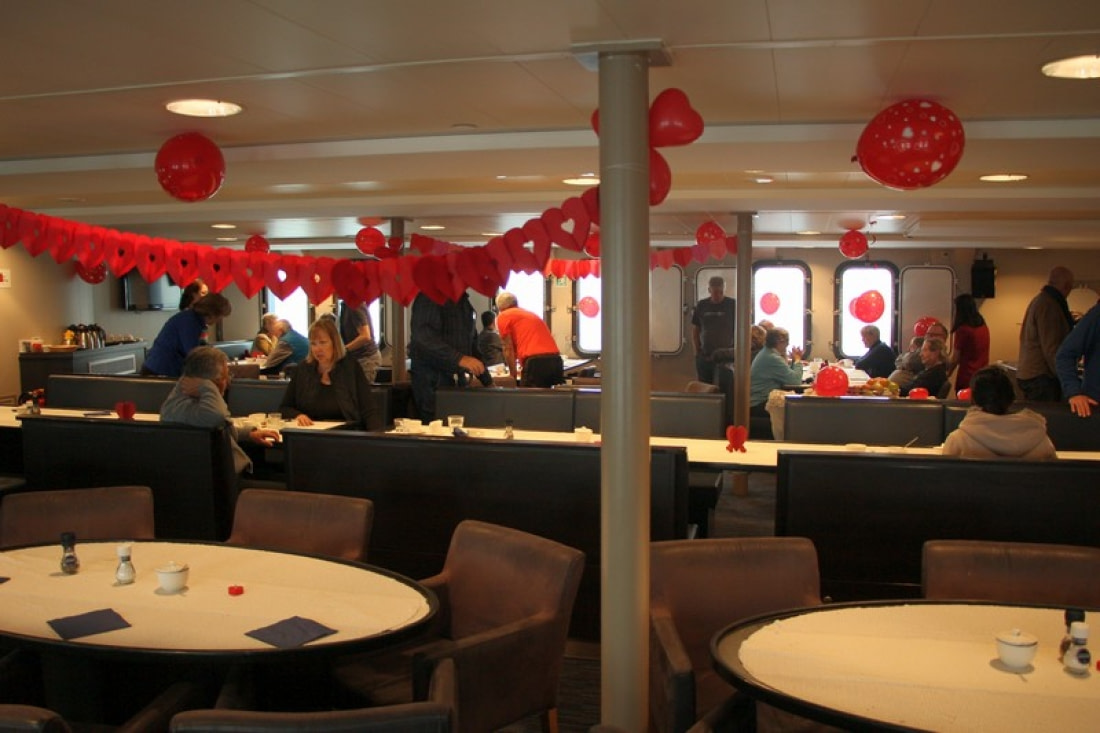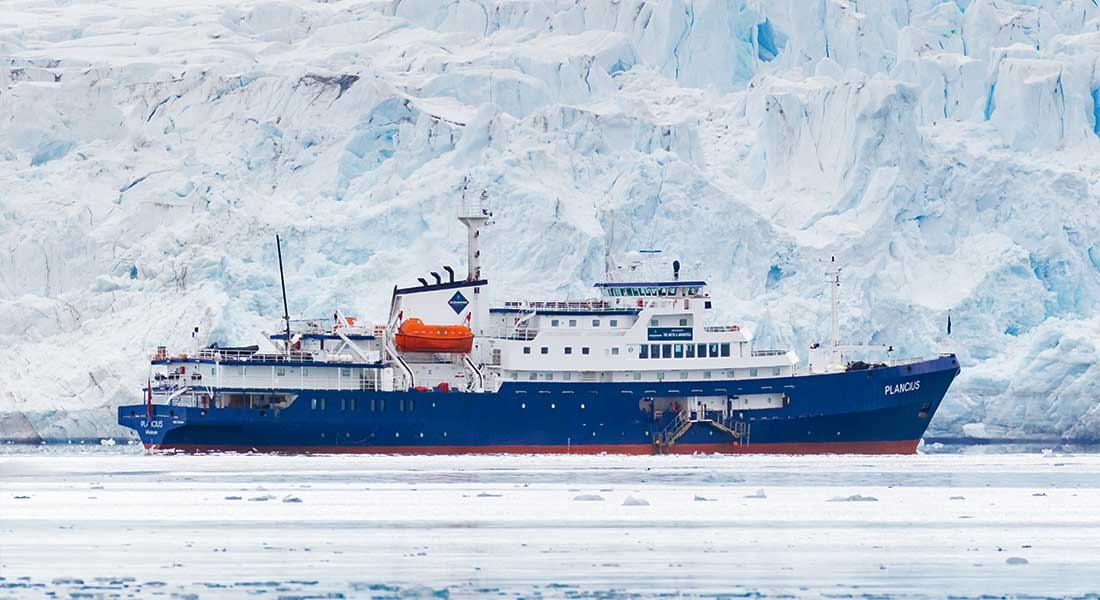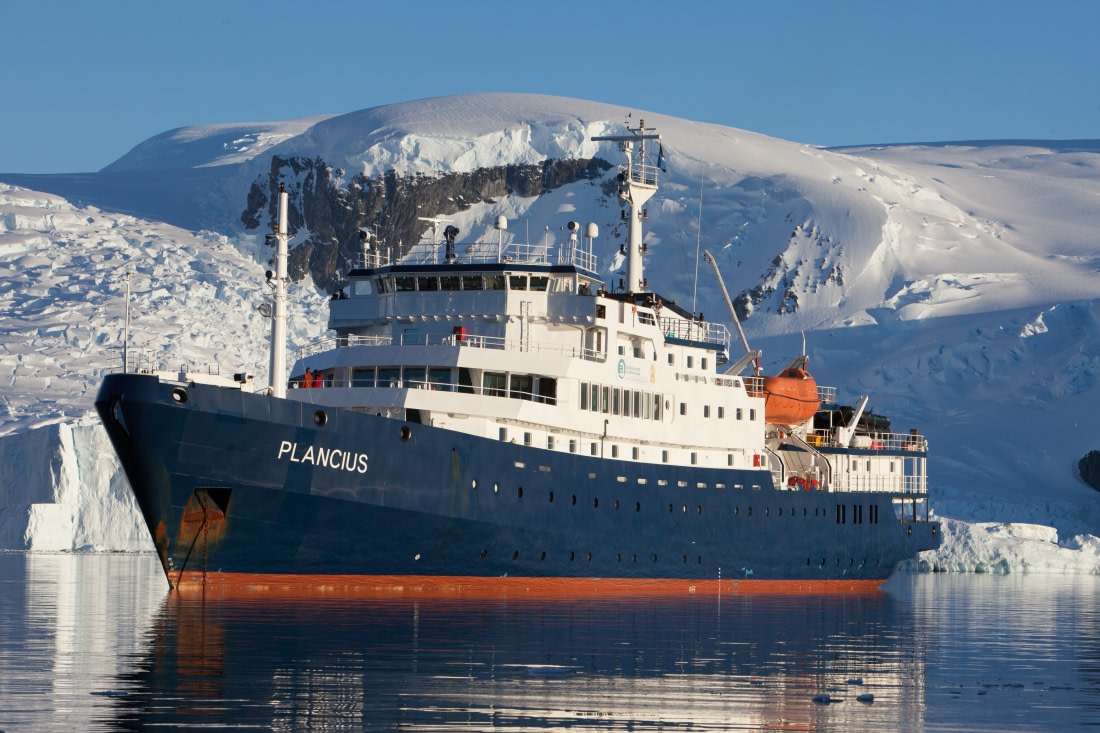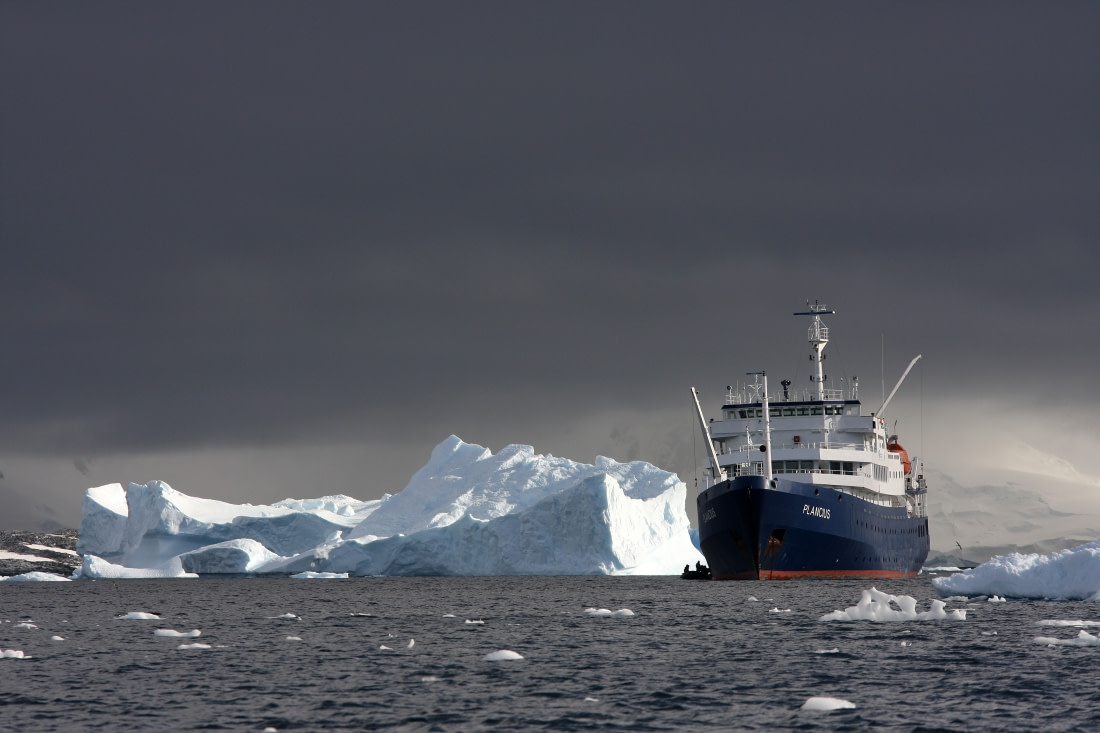| Datum: | 06.02.2020 |
| Positie: | 54°53’S / 067°42’W |
| Wind: | Calm |
| Weer: | Clear |
| Luchttemperatuur: | +7 |
travellers. The duty-free port flourishes with tourism but also thrives on a sizeable crab fishery and a burgeoning electronics industry. Ushuaia (literally “bay that penetrates to the west” in the indigenous Yaghan tongue) clearly benefits from its magnificent, yet remote, setting. The rugged spine of the South American Andes ends here, where two oceans meet. As could be expected from such an exposed setting, the weather has the habit of changing on a whim. However, temperatures during the long days of the austral summer are relatively mild, providing a final blanket of warmth before heading off on our adventures. For many of us this is the start of a lifelong dream. The excitement comes in different forms for each person, but even the most experienced of us must feel genuine excitement departing on a journey to the Great White Continent. Accordingly, most passengers were promptly at the gangway at 16:00, ready to board the good ship MV Plancius, our home for this Antarctic adventure! We were greeted at the gangway by members of our Expedition Team including the good doctors Valerie and Ninette where after filling out a health questionnaire and being screened for fever (so that we aren’t subject to a coronavirus threat!) we were directed onboard to meet Hotel and Restaurant Managers, Alex and Dragan. We were then checked into our cabins with the assistance of the fabulous hotel crew. A little while after boarding we convened in the lounge on deck five to meet First Officer Francois, who led us through the details of the required SOLAS (Safety Of Life At Sea) Safety and Lifeboat Drill, assisted by the crew and staff. Shortly after our first briefing we departed the jetty of Ushuaia and entered the Beagle Channel with an escort of black browed albatross. We were able to enjoy the beautiful weather for a few moments until we were recalled to practice the abandon ship drill, including trying on our huge orange life jackets and walking to the lifeboat stations to become familiar with their locations. We were then invited once again into the lounge where Hotel Manager Alex gave us an overview of our floating hotel/home for the next 10 days, followed by a few words from our Expedition Leader, Ali Liddle, and the rest of the Expedition Team who will guide us in Antarctica. Finally Ali introduced our Captain Evgeny who after some wise words of welcome, proposed a toast to our voyage. Bon Voyage! Our first dinner onboard was a chance to chat with other guests and be impressed by what Chef Charlotte and her galley team will be offering us during the voyage. Later, the stunning sunset in the Beagle felt like a good omen as we headed towards open water and our crossing of the Drake Passage!
